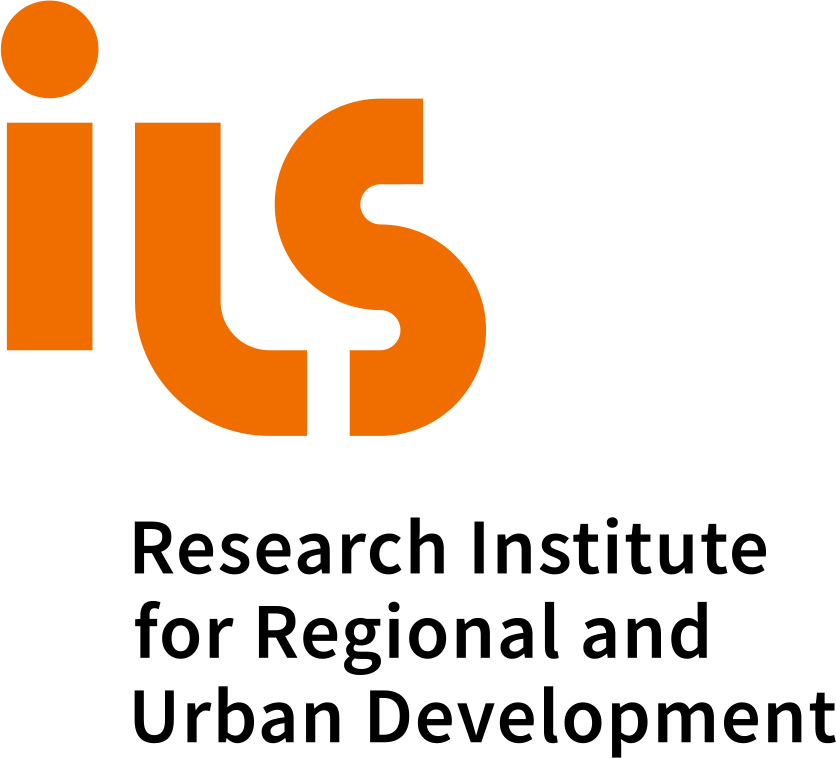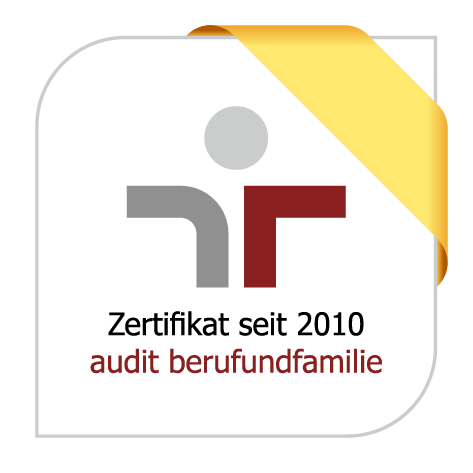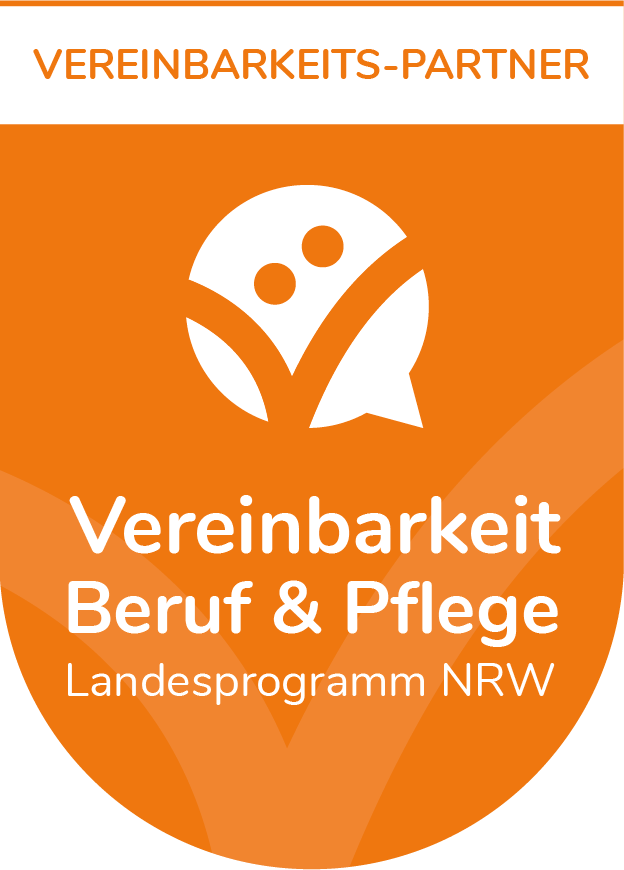Geoinformation and Monitoring (GuM)

© ILS; basierend auf Daten aus DigitalGlobe und Microsoft, powered by ESRI; OpenStreetMap contributors
The objective of ILS Geomonitoring is to develop and put into practice concepts and methods for the monitoring of urban development processes. The questions are oriented towards the institute’s research areas and address such important future issues as mobility and metropolisation and issues relating to the development of social space and the built environment. In addition to the project work in partnership with the research groups of the ILS, the GuM group taps into new data sources and methods for spatial monitoring. The resulting concepts are tested in reference spaces and evaluated with partners from planning practice.
For this spectrum of methods, the GuM group is the point of contact for data-driven spatial analysis. This is based on research activities on the modelling, processing and visualisation of spatial information, which are utilised in “Monitoring StadtRegionen” for example. We examine major cities, their space-shaping interrelationships with the urban periphery, their relationships with each other and in comparison with spatial development across Germany. We also use project-based national and international comparative studies to analyse trends and development paths of urban spaces over time. Through our special small-scale geomonitoring concepts, as part of the communal panel for example, we support neighbourhood research that falls below the limit of municipal statistical districts.
Headed by
Deputy head
Research staff
Team assistants
- Gehrig-Fitting, Katinka
Phone: +49 (0) 231 9051-205
E-Mail: katinka.gehrig-fitting@ils-research.de
Student assistants
- Heppenheimer, Anna-Lena
- Jilanialshafty, Hannaneh
- Pissulla, Victoria
- Radzyk, Jacqueline
- Siethoff, Jonas
- Thakuria, Shristi





